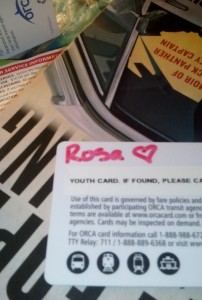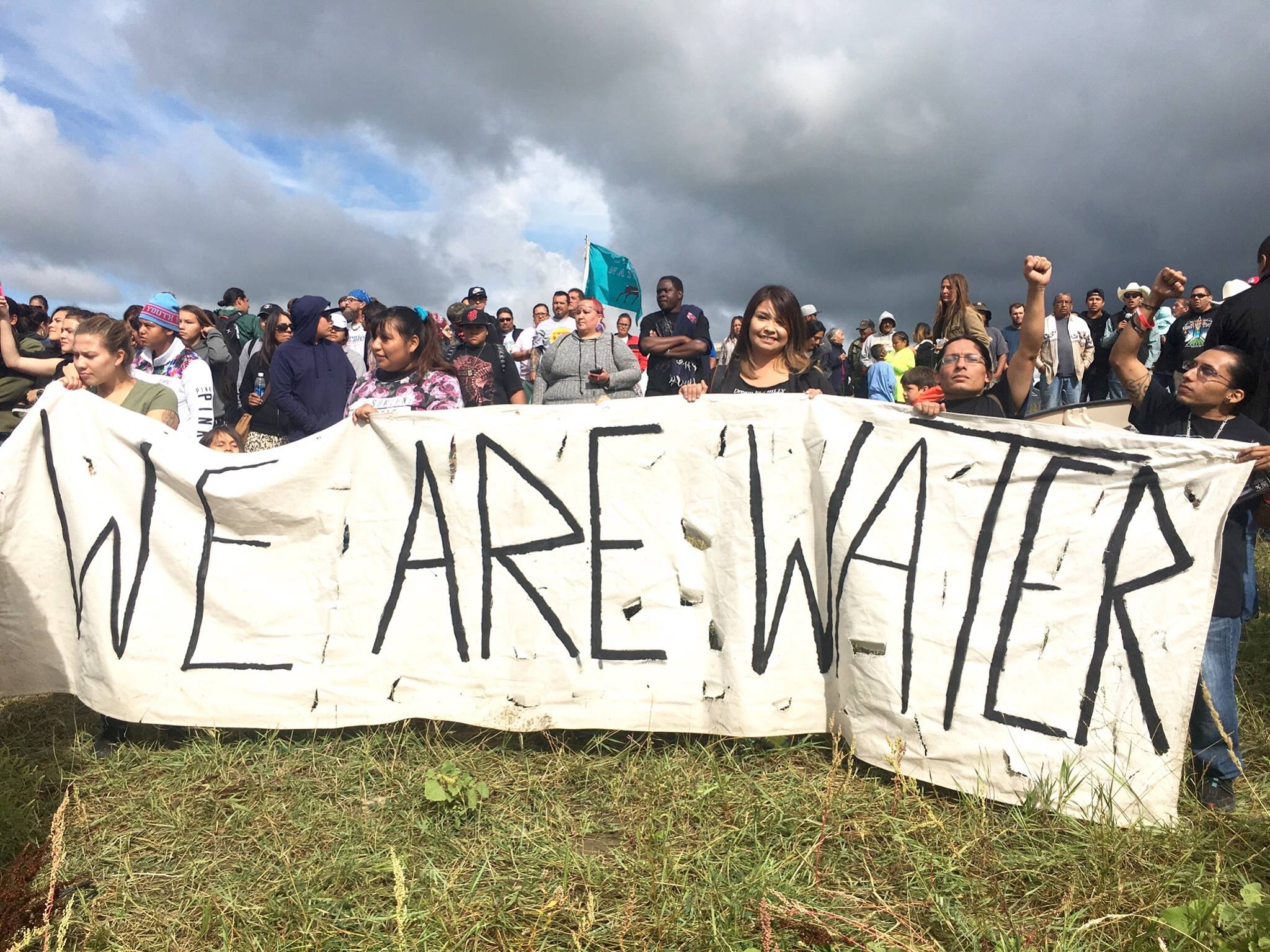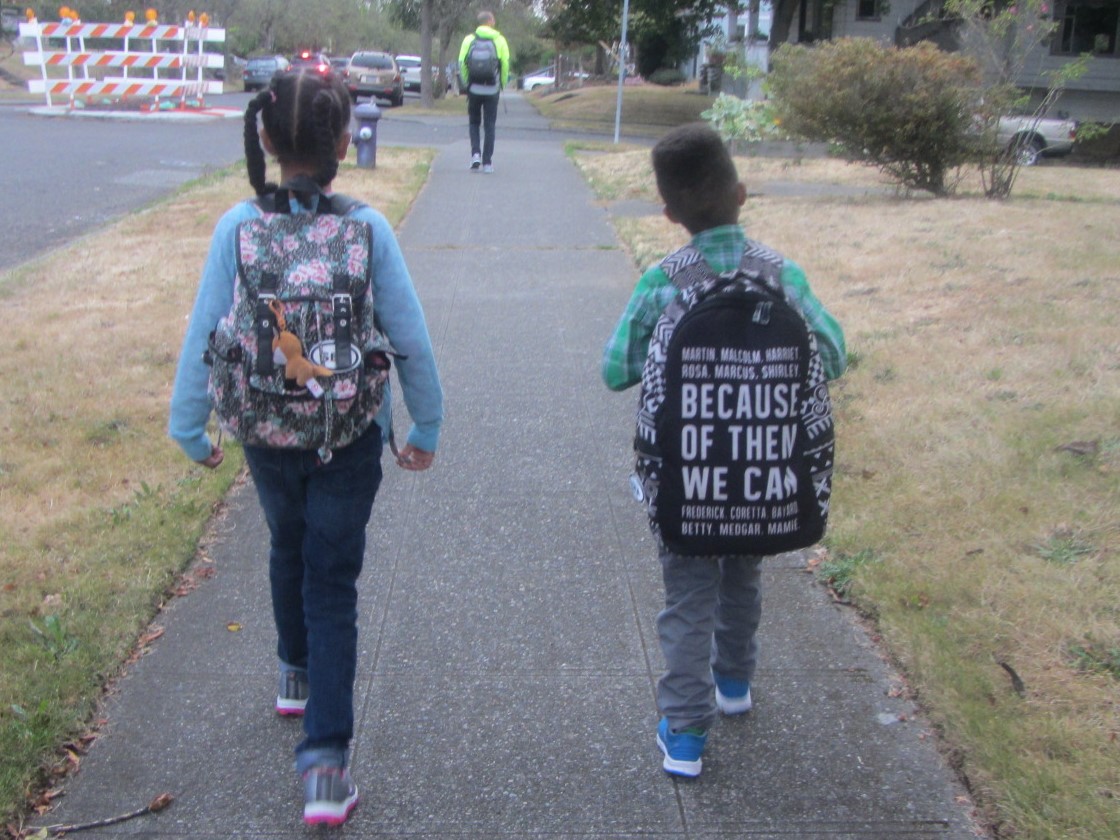 It was definitely a proud moment, in a milestone sort of way, when each of my kids turned six and was old enough to pay bus fare. I gave them youth ORCA cards – along with lanyards to store them in – as birthday gifts and had to restrain myself from photographing their first taps on the reader. I still get a kick out of watching them march up the bus steps and expertly tap their cards (after politely greeting the driver, of course); it is a reminder that my dreams of raising bus proficient kids are coming true.
It was definitely a proud moment, in a milestone sort of way, when each of my kids turned six and was old enough to pay bus fare. I gave them youth ORCA cards – along with lanyards to store them in – as birthday gifts and had to restrain myself from photographing their first taps on the reader. I still get a kick out of watching them march up the bus steps and expertly tap their cards (after politely greeting the driver, of course); it is a reminder that my dreams of raising bus proficient kids are coming true.
On the other hand, the fact that my children are now full-fledged, fare paying riders means, well, that they have to pay. And, as my heroes and sheroes from Rainier Beach High School reminded us last year, riding the bus is expensive.
Youth fare in King County is now $1.50, which means that taking two kids anywhere costs six dollars round trip. For those families with access to a car (or even to cabs or “ridesharing” alternatives), this substantially diminishes the financial incentive for taking transit. For families without access, it adds up to a significant cost burden. Some examples:
A two-way, off-peak bus ride for two adults and two children costs $16.
A one–way trip for one adult and three children costs $7.00.
A month of bus rides to and from school for one student costs $60 ($54 if the family can pay the lump sum for a pass).
Because our family doesn’t own a car at all, and because we don’t ride with kids daily (they walk to school), adding the youth fares has not made a very big dent in the amount of money we save by busing. But we are not representative of the majority of families who rely on transit — nor of the families who would choose it more often if the financial incentives were greater.
Our current fare structure (and, for that matter, our payment system) creates unnecessary barriers to taking kids on transit. If we are serious about reducing our dependence on cars (and the cost of living in our region), we need to do a lot better.


